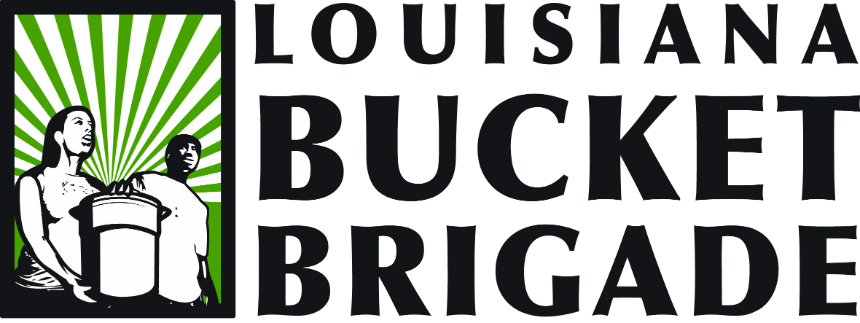
image source: PubChem | |
About the ratings
EWG provides information on personal care product ingredients from the published scientific literature, to supplement incomplete data available from companies and the government. The ratings below indicate the relative level of concern posed by exposure to the ingredients in this product - not the product itself - compared to other product formulations. The ratings reflect potential health hazards but do not account for the level of exposure or individual susceptibility, factors which determine actual health risks, if any.
Learn more |
Legal Disclaimer
Persistence and bioaccumulation |
| Type of Concern |
Reference |
|---|
| Persistent, bioaccumulative in wildlife and humans | EPA Toxic Release Inventory PBTs |
| Persistent, bioaccumulative in wildlife | Canada PBTs - Accelerated Reduction/Elimination of Toxics (ARET) |
| Persistent, bioaccumulative in wildlife | Great Lakes BTS (Binational Toxics Strategy) PBTs |
| Persistent, bioaccumulative in wildlife | OSPAR PBTs - Substances of Possible Concern |
| Persistent, bioaccumulative in wildlife | Emerging PBTs from peer-reviewed literature |
| Persistent, bioaccumulative in wildlife | EPA PBTs - Waste Minimization Program (RCRA) |
references |
| government/industry list/academic study
| reference
|
| EPA Clean Water Act - Priority Pollutants | |
| European Union - Water Framework Directive | EU (European Union). 2000. Water Framework Directive (Directive 2000/60/EC ) - integrated river basin management for Europe. List of priority substances. |
| Aarhus Protocol on Persistent Organic Pollutants | Aarhus LRTAP. 1998. Aarhus Protocol on Persistent Organic Pollutants (POPs). Geneva Convention on Long-range Transboundary Air Pollution, United Nations Environment Program. |
| Canada PBTs - Accelerated Reduction/Elimination of Toxics (ARET) | EC (Environment Canada). 1994. Accelerated Reduction/Elimination of Toxics (ARET). ARET substance list of persistent, bioaccumulative and toxic chemicals. |
| Great Lakes BTS (Binational Toxics Strategy) PBTs | Great Lakes BTS (Binational Toxics Strategy). 1997. Canada-United States Strategy for the Virtual Elimination of Persistent Toxic Substances in the Great Lakes. Appendix I - Level 1 and Level 2 substances. |
| OSPAR PBTs - Substances of Possible Concern | OSPAR (Oslo-Paris). 2002. OSPAR List of Substances of Possible Concern. Secondary OSPAR List of Substances of Possible Concern. Secondary OSPAR. Place Published, OSPAR Convention for the Protection of the Marine Environement of North-East Atlanic. |
| EPA Toxic Release Inventory PBTs | EPA (U.S. Environmental Protection Agency). 1999. Toxics Release Inventory Program. PBT Chemical Rule. |
| Emerging PBTs from peer-reviewed literature | Emerging PBTs from peer-reviewed literature |
| EPA PBTs - Waste Minimization Program (RCRA) | EPA (U.S. Environmental Protection Agency). 1998. Resource Conservatin and Recovery Act (RCRA) Waste Minimization Program - priority chemicals for elimination or reduction. |
| EPA Integrated Risk Information System (IRIS) | EPA (U.S. Environmental Protection Agency). 2008. Integrated Risk Information System (IRIS). Evidence for human carcinogenicity based on 1986-2005 guidelines. |
| Int'l Agency for Research on Cancer (IARC) - Carcinogens | IARC (International Agency for Research on Cancer). 2008. Overall Evaluations of Carcinogenicity to Humans, as evaluated in IARC Monographs Volumes 1-99 (a total of 935 agents, mixtures and exposures). |
"RTECS®" is a United States trademark owned and licensed under authority of the U.S. Government, by and through MDL Information Systems, Inc.




Connect With Us: